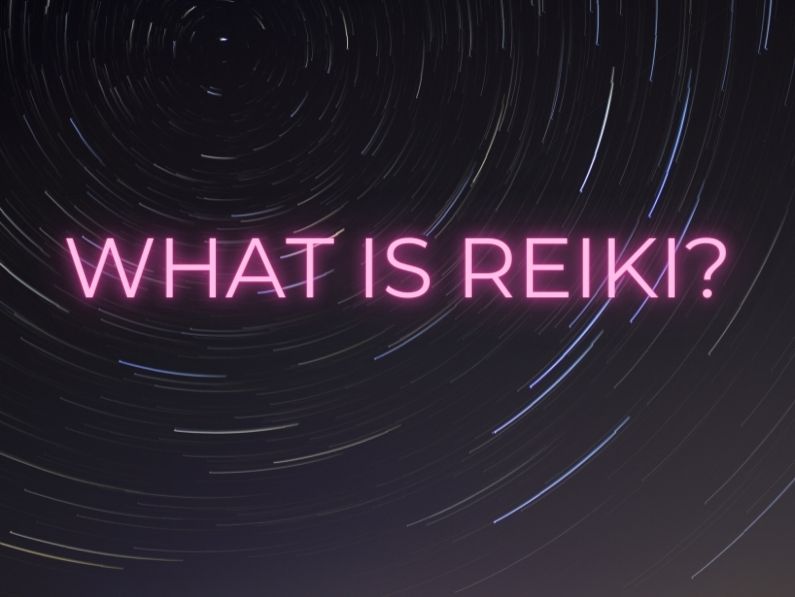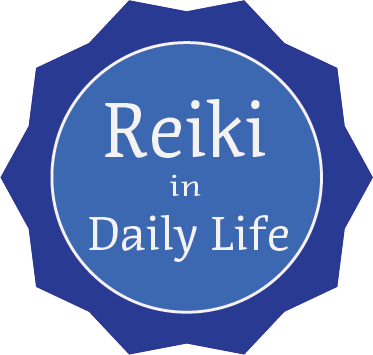
The Definition of Reiki
In the simplest terms, Reiki is a Japanese technique used for stress reduction and healing. It was discovered by Mikao Usui in March 1922, but it is believed to have been practiced for thousands of years. Reiki is a hands-on healing art, but can also be used for distant healing.
According to William Lee Rand, the best-known authority on Reiki, the word “Reiki” comes from kanji, which is an ancient Japanese language involving simple, symbolic drawings. Reiki, when broken down, is represented by two kanji; “Rei” which means universal, and “Ki” which means life force. The word “ki” means the same as “Chi” in Chinese, or “Prana”. in Sanskrit.
The History of Reiki
Mikao Usui, born August 16, 1865, climbed Mt. Kurama while fasting and had a spiritual awakening. During this awakening, he felt a big burst of Reiki energy over his head. After he came down from the mountain he began healing his family, himself, and his friends. Eventually, Usui Sensei established an institute to treat people with the “Reiki cure”. People came from far and wide. He traveled the country of Japan offering his healing hands and guidance until he passed away in 1925. Reiki is still widely practiced today in Japan by individuals and doctors. It is often the first mode of choice for common ailments before prescribing medicine.
One of Usui Sensei’s students, Hawayo Takata introduced Reiki to the United States during the 1930s. Since then, it has been passed on to thousands of students in the Western world. Mrs. Takata began initiating Reiki masters in 1970. Before she passed away in 1980 Sensai Takata initiated 22 Reiki Masters who began to teach others. There are now thousands of Reiki Masters around the world.
Learning Reiki
Typically, Reiki is taught at 3 levels;
Reiki I is the first level and many people continue to practice Reiki indefinitely at this level. The Level I Reiki practitioner learns how to give herself Reiki, and how to give others Reiki using a set of hand positions.
Reiki II is the 2nd level where the practitioner is given a set of symbols and learns how to send distant Reiki. Level II practitioners often deepen their Reiki experience by having the Reiki symbols.
Reiki III is the Master, or Teacher level. The student is given additional symbols and taught how to initiate new students and give attunements and ignitions.
Many times, Reiki I and II are taught together in a weekend. Sometimes, all 3 levels are taught in the same weekend, but this can be a lot to process and absorb, so it is not recommended.
Learn about Reiki classes, both in-person and online.
Ways to Use Reiki for Healing
- Self-Reiki – The foundation of Reiki practice is self-Reiki. Daily practice will keep your body, mind, and soul balanced and healthy.
- Treating family and pets with Reiki – Many people learn Reiki just for this purpose. Having a tool such as Reiki for healing is very powerful.
- Distant Reiki – a way to offer healing when you cannot be in the presence of the person. Many Reiki practitioners send Reiki to other people, far and wide across the globe. This is a skill learned in Reiki II training.
- Reiki healing as a business – Some practitioners go on to start a business as Reiki healers. Sometimes they are also trained in other modalities such as massage therapy, yoga, or physical therapy.
There are countless ways to use Reiki in your daily life, such as finding lost objects and cleansing living areas.
Summary
Reiki is a unique and effective form of energy medicine that can be learned from a trained Reiki master. Reiki’s roots come from Japan and it has rapidly spread, worldwide, since the 1970s.
Reiki can be used for self-healing as well as healing others, even distantly.
